'Mini museums’ open in heritage shops in Kampong Glam district
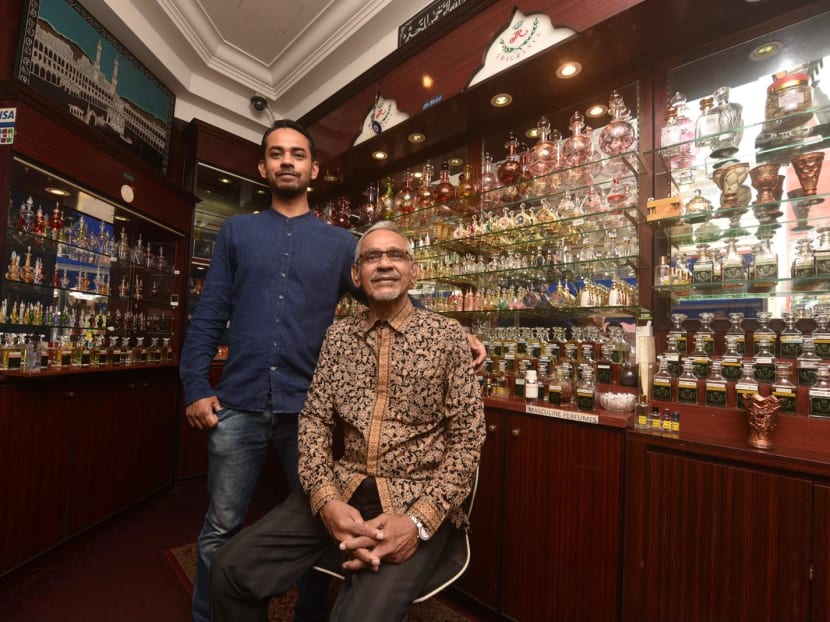
Mr Mohamed Samir Kazura and Mr Mohamed Jamal Kazura in Jamal Kazura Aromatics, a perfume shop in Kampong Glam with almost nine decades of history. (Photo: Jeremy Long)
SINGAPORE: Walking past a corner unit in Kampong Glam, visitors may catch a whiff of modern scents, but they might not know that the perfume shop - Jamal Kazura Aromatics - has been around for almost 90 years.
It was set up in 1933 by Mohamed Hanifa Kazura, who had migrated to Singapore from South India.
He travelled far and wide in search of wares to fill his shop, which used to hawk books, gemstones and perfumes.
He even journeyed to the jungles of Indonesia and Papua New Guinea to bring back precious agarwood, which produces a resin that is valued for its fragrance when heated.
To this day, agarwood is still one of the store’s mainstays.
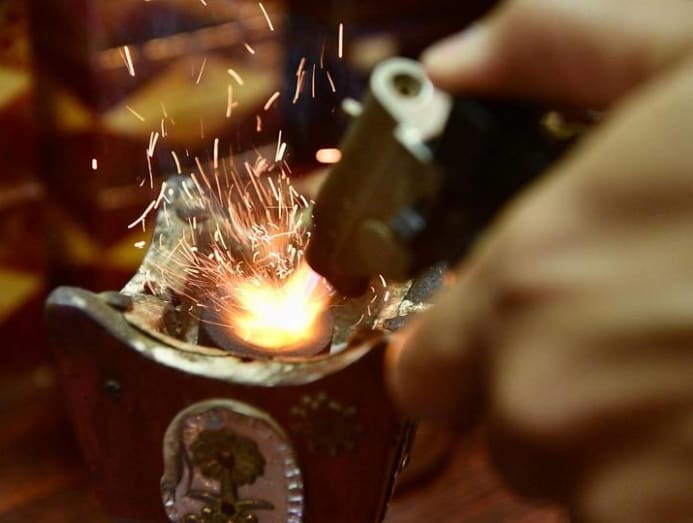
Such stories are being brought to life in a “mini museum” at the shop, displaying artefacts and photographs from the business’ history.
It is one of the seven shops in the historic Kampong Glam district that will have such displays, under the National Heritage Board’s (NHB) Street Corner Heritage Galleries scheme, launched in the area on Thursday (Apr 22).
The scheme, a three-year pilot, was first rolled out in March last year in the Balestier precinct.
READ: The Big Read: A vital economic pillar, S’pore’s tourism sector faces a brutal test of mettle amid COVID-19 fallout
It will be expanded to three other historic districts - Little India, Kreta Ayer and Chinatown, as well as Geylang Serai - by 2022.
The scheme is part of wider efforts by NHB to foster a deeper appreciation for local heritage, under its Our SG Heritage Plan.
In Kampong Glam, the agency worked with heritage shops - all of which have at least three decades of history - to dig up lesser-known tales and interesting items from their past to display.
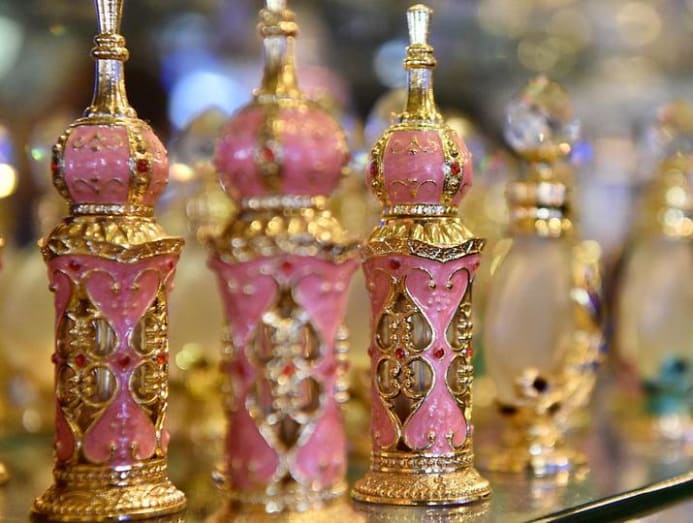
Visitors are not the only ones who would have learnt something new from the showcase.
Mr Samir Kazura, the third-generation manager of the perfume store, said: “When I was going through this process … I had to rummage through our older stuff and found out things about my late grandfather - that he had been to places we never knew he had.”
The 37-year-old added that his grandfather, who travelled on steam ships and soviet jets, had been to many more destinations than he has.
Other items on display at the shop include old notes on perfume recipes, straight out of the notebook of Mr Samir's father, Mr Mohamed Jamal Kazura.
The showcase also features a stamp, dating back at least 60 years, that was used for an insect spray the store used to sell decades ago.
SHOWCASING HISTORIES
Other participating businesses range from eateries such as Sabar Menanti Nasi Padang, to shops that sell Muslim accessories such as V S S Varusai Mohamed & Sons.
At family-run Sin Hin Chuan Kee, which supplies sewing accessories, a display tells stories about the business’ transformation since it was established in 1965.
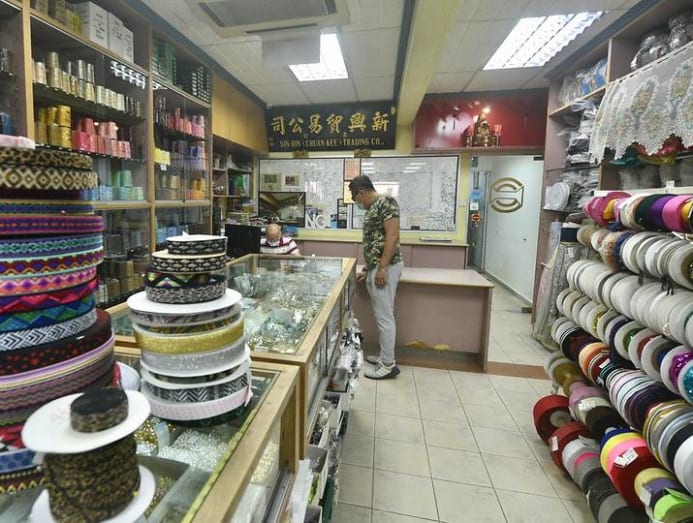
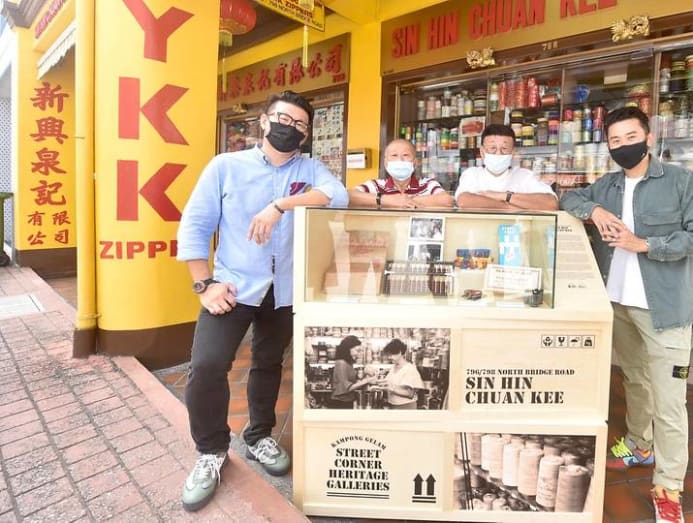
A paper bag from the store’s early days shows its old address at 47 Clyde Street, along with a four-digit postal code - now unheard of in Singapore.
Other artefacts include an abacus used by the store’s founder Mr Ng Koon Teng, who was an immigrant from Quanzhou, China.
It is the same abacus his children had to learn to use too, although his 58-year-old daughter, Ms Ng Geok Hong, joked that she could never master it.
The display also features brands of sewing threads and zippers that Mr Ng and his family had sought out in the 1960s and 1970s. These have since become cornerstones of their distribution business.
READ: The Big Read: With UNESCO listing in sight, will new breed of ‘hawkerpreneurs’ rejuvenate or erode hawker culture?
Nearby, at famed tea stall Bhai Sarbat, a display recounts how a migrant from India, known colloquially as Firuz, started the business on a cycle rickshaw in the 1950s.
The shop’s success is based on the popularity of pulled tea, teh tarik and its counterpart that contains ginger, teh sarabat.
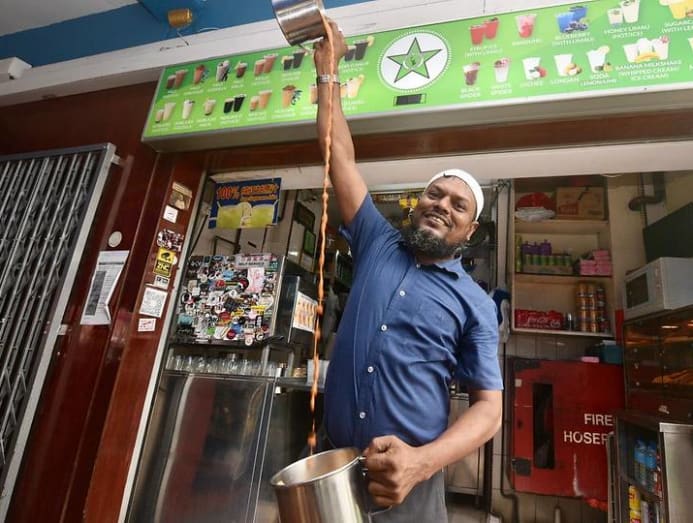
Its current owner, Mohammad Asgar, bought the business three years ago and has expanded the stall’s drinks menu from 12 options to 120. He has even roped in his son as a next-generation tea master.
READ: Bhai Sarbat - the story behind Kampong Glam’s famous tea stall
Through the scheme, NHB hopes to involve traditional businesses in documenting and showcasing their heritage, said Mr Alvin Tan, the deputy chief executive of policy and community at the board.
He added that it hopes to create "unexpected heritage encounters for the public", as part of ongoing efforts to make Kampong Glam more vibrant.
Mr Tan also said they want to get more businesses in the area onboard.
Apart from providing funding and assistance in building the showcases, NHB will also work with shop owners to develop programmes such as talks, tours and workshops.
In addition, it will give these business owners the opportunity to take part in key events such as the Singapore Heritage Festival, added NHB in a media release.





